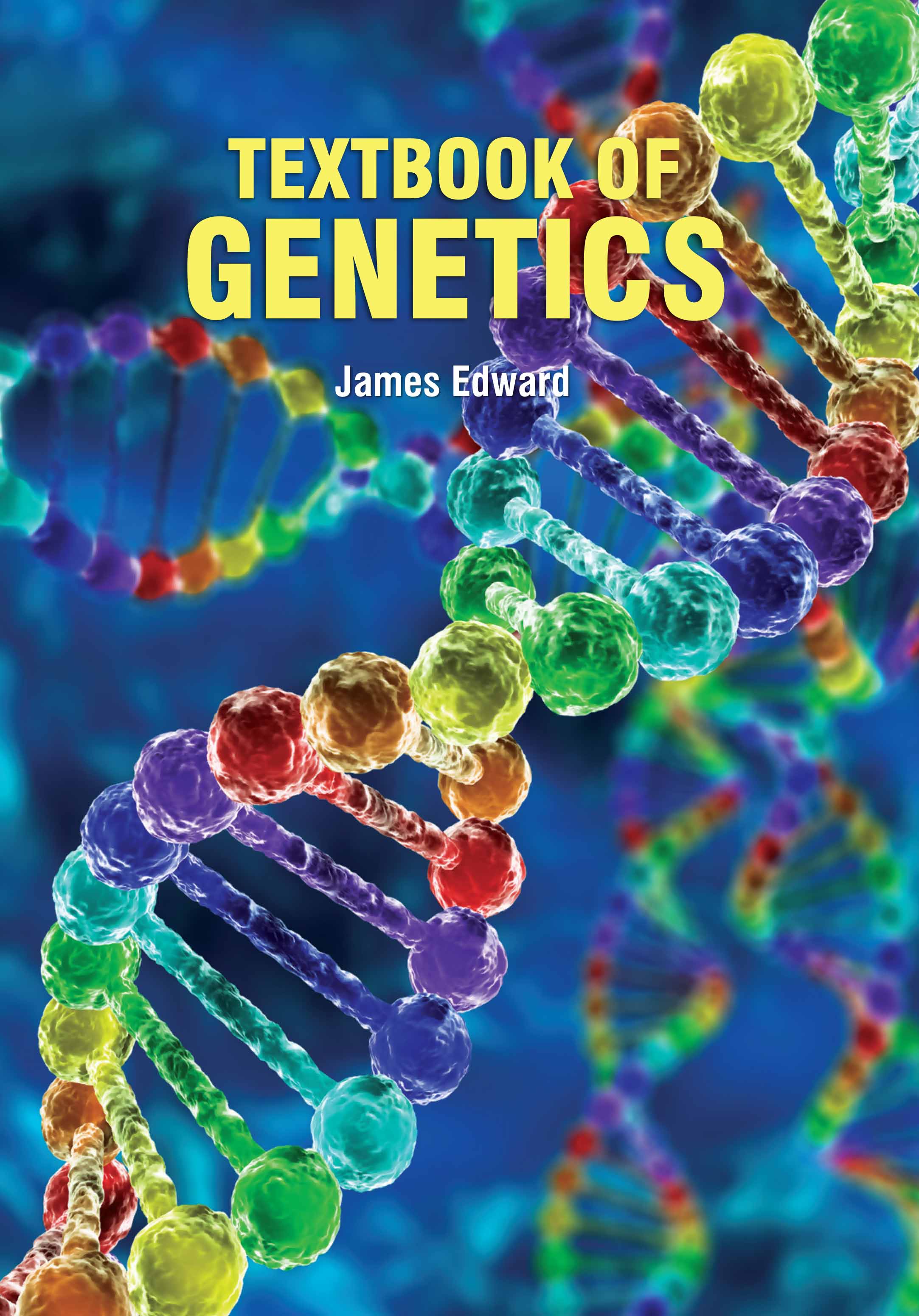About This Book
Quantum Field Theory (QFT) plays a crucial role in statistical physics, providing powerful tools to analyze
systems at both macroscopic and microscopic levels. QFT combines quantum mechanics with special relativity
and is used to describe the behavior of quantum fields that permeate space. In statistical physics, QFT methods
are particularly valuable for studying phase transitions, critical phenomena, and systems with many degrees of
freedom. One of the fundamental techniques in QFT for statistical physics is path integral formulation,
introduced by Richard Feynman. This approach reformulates quantum mechanics and statistical mechanics by
summing over all possible configurations of a system. In statistical physics, path integrals are used to calculate
partition functions and correlation functions, essential for understanding the thermodynamic properties of
systems. Renormalization group methods also play a key role in analyzing critical phenomena. These methods
allow for the study of systems near phase transitions, where scale invariance becomes important. By studying
how physical quantities change with scale, renormalization group methods provide deep insights into
universality and critical exponents. QFT methods also include the use of Green's functions to describe
propagating particles and fields, and second quantization to handle systems of many particles. Together, these
tools enable a comprehensive understanding of quantum systems in statistical physics, offering insights into
condensed matter systems, quantum liquids, and cosmology. Methods of Quantum Field Theory in Statistical
Physics explores the integration of quantum field theory techniques with statistical mechanics to address
complex phenomena in many-body systems.
Contents: 1. Quantum Mechanics, 2. Elements of Quantum Field Theory, 3. Schrodinger’s Equation,
4. Paradoxes of Quantum Phenomena, 5. Quantum Theory, 6. Quantum Physics, 7. Special Relativity and the
Sagnac Effect, 8. Principles of Statistical Thermodynamics, 9. Fundamental Principles of Statistical Analysis.

